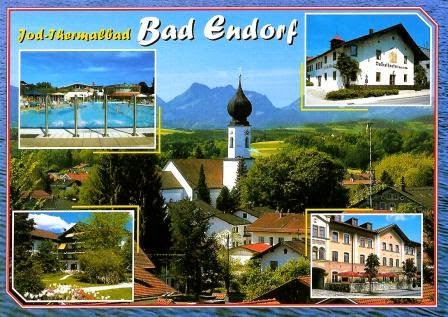Limoges is Damien's hometown. This is my 1st card from this french city in the Limousin region, in west-central France, known for its medieval enamels (Limoges enamels) on copper, for its 19th-century porcelain (Limoges porcelain) and for its oak barrels which are used for Cognac production.
If you'd like to visit Limoges and travel by train, you'll be surprised by the beauty of the local train station. Bénédictins Station is one of the most beautiful in Europe. Its belfry and cupola shimmer like a lighthouse in a storm, while the interior is decorated with neoclassical sculptures and Art Deco stained glass windows.
Editions René
Limoges-Bénédictins is named Bénédictins due to the presence of a Benedictine monastery closed during the French Revolution.
The CF du PO opened the first railway line in the city in the 1850s. The first station, built of wood, opened on 16 June 1856. The first stone-built station opened in 1860.
On 21 November 1918, the Limoges city council and CF du PO signed an agreement regarding the construction of a new station. Work lasted from 1924 and 1929. The station was inaugurated on 2 July 1929.
The station was listed on 15 January 1975 and work to restore the Great Hall ended in 1979.
Bénédictins station was designed by architect Roger Gonthier. A particularity of the station is that it was built over the ten railway lines as opposed to next to them. A large 90 by 78 metre platform was built over the line to support the station building.
The building is made of a concrete bone structure, filled in with limestone. The dome which covers the passenger concourse is made of a metallic framework, covered in copper.
On the Southwest corner is a 60 metre tall clock tower composed of twelve levels. It is mounted by a dome itself mounted by a five metre tall vase. Below these are four four metre wide clocks. - in: wikipedia

.jpg)

.jpg)

.jpg)
.jpg)
.jpg)




.jpg)
.jpg)



.jpg)
.jpg)


.jpg)

.jpg)



.jpg)

.jpg)




.jpg)

.jpg)
.jpg)

.jpg)


.jpg)




.jpg)


